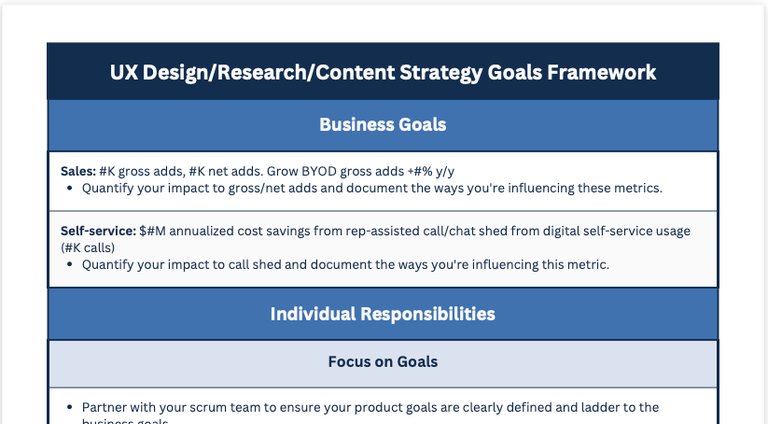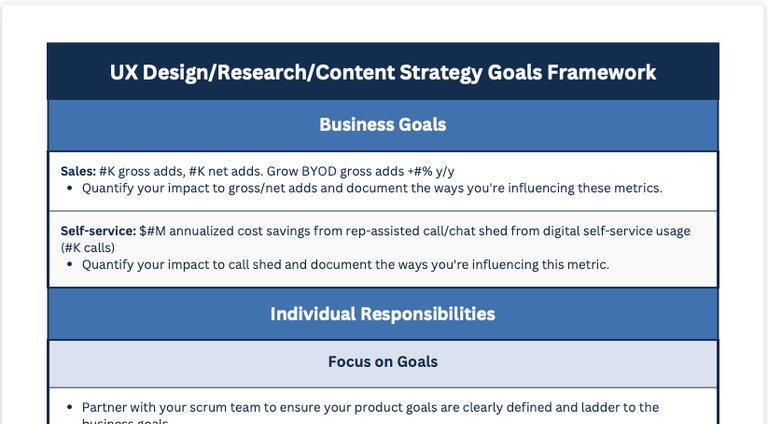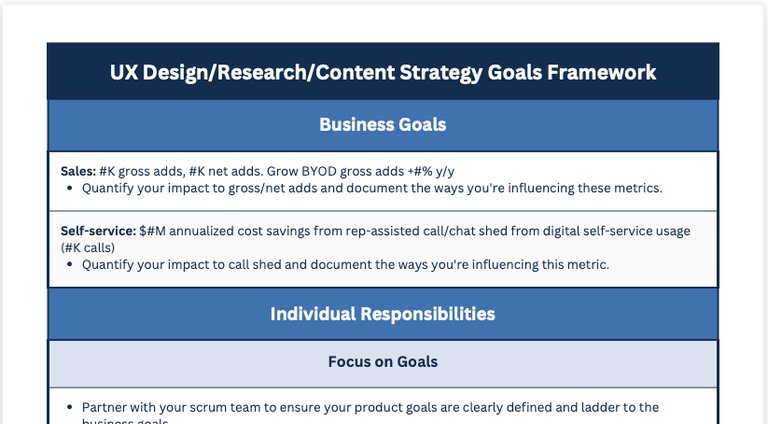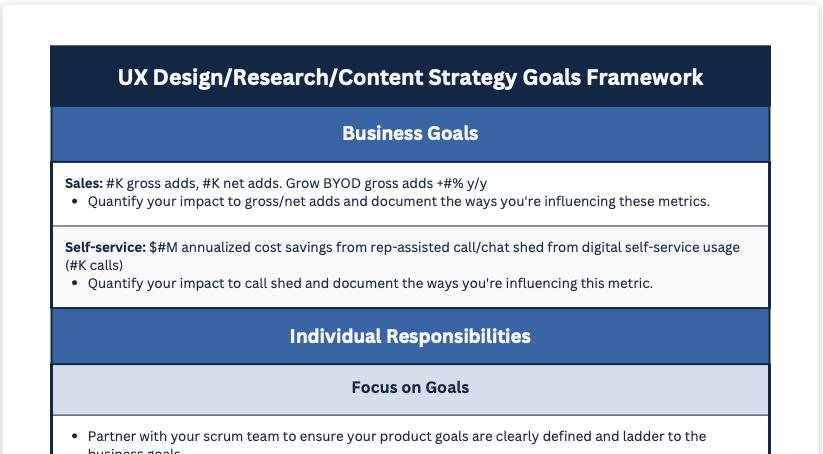The First 90 Days: A Tech Leader's Playbook
Taking on a new tech leadership role is simultaneously exhilarating and terrifying. You're expected to quickly understand complex systems, earn team trust, and start delivering results—all while learning the unwritten rules of a new organization.
After leading tech teams at companies ranging from high-growth startups to Fortune 500 enterprises, I've developed a framework for the first 90 days that consistently sets up long-term success. Here's the playbook that's worked across different company sizes, industries, and technical stacks.
The 30-60-90 Framework
Days 1-30: Listen, Learn, and Build Relationships
Primary Goal: Understand the current state without making major changes
Key Activities:
Week 1: Systems and People Discovery
- Schedule 1:1s with every direct report (and their key collaborators)
- Get hands-on with the codebase—actually run the applications locally
- Review recent incidents, outages, and post-mortems
- Understand the development and deployment processes
Week 2: Stakeholder Mapping
- Meet with key internal customers (product, design, sales, support)
- Understand business priorities and how technology supports them
- Learn the organization's decision-making processes
- Identify formal and informal influencers
Week 3: Technical Deep-Dive
- Review architecture diagrams and technical documentation
- Understand technical debt and infrastructure challenges
- Learn about security, compliance, and operational requirements
- Identify the 3-5 biggest technical challenges
Week 4: Culture and Process Assessment
- Observe team meetings and decision-making processes
- Understand how work gets prioritized and executed
- Learn about past initiatives—what worked and what didn't
- Assess team skills, motivations, and career goals
Success Metrics for Month 1:
- Completed 1:1s with all direct reports and key stakeholders
- Can explain the system architecture and business model
- Identified top 3 technical and team challenges
- Built initial trust with team members
Days 31-60: Diagnose and Plan
Primary Goal: Synthesize learnings into a strategic plan with early wins
Key Activities:
Week 5-6: Problem Definition
- Synthesize feedback from stakeholder interviews
- Document current state of technology, team, and processes
- Identify gaps between current state and business needs
- Prioritize problems by impact and feasibility
Week 7: Strategic Planning
- Develop 90-day, 6-month, and 12-month priorities
- Create team development and hiring plans
- Design process improvements and technical initiatives
- Prepare recommendations for leadership
Week 8: Early Wins Execution
- Implement quick process improvements
- Address low-hanging fruit technical issues
- Start regular team communication cadences
- Begin any urgent hiring or team structure changes
Success Metrics for Month 2:
- Clear diagnosis of technical and organizational challenges
- Written plan for next 6-12 months shared with stakeholders
- At least 2 early wins delivered
- Improved team communication and meeting effectiveness
Days 61-90: Execute and Establish Rhythm
Primary Goal: Deliver meaningful results and establish sustainable operating rhythms
Key Activities:
Week 9-10: Foundation Building
- Implement new development or operational processes
- Start longer-term technical projects
- Begin team skill development initiatives
- Establish metrics and reporting cadences
Week 11: Team Development
- Conduct formal performance conversations
- Create individual development plans
- Address any team performance issues
- Celebrate early wins and recognize contributions
Week 12: Strategic Communication
- Share progress with leadership and stakeholders
- Adjust plans based on learnings and feedback
- Set expectations for next quarter
- Document lessons learned and process improvements
Success Metrics for Month 3:
- Measurable improvement in team delivery or system reliability
- Positive feedback from stakeholders on team performance
- Clear development plans for all team members
- Established operating rhythm for ongoing success
The Essential Conversations
Understanding the Business Context
Questions for Leadership:
- What does success look like for our technology organization in 12 months?
- What are the biggest business risks that technology could help mitigate?
- How do you measure the technology team's contribution to business outcomes?
- What past technology initiatives have been most/least successful and why?
Questions for Product/Business Partners:
- What technology capabilities would most accelerate your goals?
- Where do current technical limitations constrain business opportunities?
- How do you prefer to collaborate with the technology team?
- What's working well in our current partnership, and what could be better?
Assessing Team Capabilities
Questions for Team Members:
- What do you enjoy most about working here? What's frustrating?
- What technologies or skills would you like to develop?
- What projects are you most proud of? What would you do differently?
- How do you prefer to receive feedback and recognition?
- What would make you more effective in your role?
Questions for Previous Leaders/Teammates:
- What are this team's biggest strengths and growth areas?
- What management approaches have worked well/poorly with this team?
- What technical decisions or processes should I understand better?
- What advice would you give someone stepping into this role?
Building Technical Credibility
Quick Credibility Builders
Week 1-2 Actions:
- Actually run the code locally and deploy a small change
- Review and provide thoughtful feedback on recent pull requests
- Attend production support rotations or incident response
- Ask informed questions during technical discussions
Month 1-2 Actions:
- Lead a technical design review or architecture discussion
- Propose solutions to technical debt or operational challenges
- Make meaningful contributions to technical documentation
- Demonstrate understanding of business-technology tradeoffs
Avoiding Common Credibility Mistakes
Don't:
- Make major technical decisions before understanding current constraints
- Dismiss existing approaches without understanding the context
- Promise technological solutions to business problems you don't fully understand
- Implement processes from your previous company without adapting to current culture
Do:
- Ask "help me understand" questions instead of making assumptions
- Acknowledge when you don't know something and commit to learning
- Build on existing strengths rather than replacing everything
- Connect technical improvements to business outcomes
Building Team Trust and Motivation
The Trust Equation for Tech Leaders
Trust = (Credibility + Reliability + Intimacy) / Self-Orientation
Credibility: Demonstrate technical competence and business understanding Reliability: Do what you say you'll do, when you say you'll do it Intimacy: Show genuine interest in team members as individuals Self-Orientation: Focus on team and company success over personal advancement
Early Trust-Building Actions
Protect the Team:
- Shield them from unnecessary meetings and bureaucracy
- Fight for resources, tools, and career development opportunities
- Take responsibility for failures and share credit for successes
- Advocate upward for team achievements and needs
Provide Clarity:
- Communicate business context and priorities clearly
- Explain the reasoning behind decisions
- Set clear expectations for performance and behavior
- Regular updates on organizational changes and direction
Enable Growth:
- Identify skill development opportunities aligned with interests
- Provide constructive feedback and coaching
- Create stretch assignments that build capabilities
- Connect team members with mentors and learning resources
Delivering Early Wins
Types of Early Wins for Tech Leaders
Operational Improvements (Week 2-4):
- Reduce deployment friction or cycle time
- Improve development environment setup
- Enhance monitoring and alerting
- Streamline meeting structures and decision-making
Technical Quick Fixes (Week 3-6):
- Address high-impact, low-effort bugs or performance issues
- Improve documentation for critical systems
- Automate manual processes
- Reduce technical debt in high-friction areas
Team Experience Improvements (Week 1-8):
- Establish regular 1:1 cadences
- Improve sprint planning and retrospective processes
- Create better visibility into project status and blockers
- Recognize and celebrate recent team achievements
Choosing the Right Early Wins
High Impact, Low Risk:
- Process improvements that save time without changing core systems
- Documentation and knowledge sharing initiatives
- Team communication and collaboration enhancements
Avoid These Early Win Mistakes:
- Major architectural changes before understanding constraints
- Process changes that affect other teams without consultation
- Technology choices that create new dependencies or vendor lock-in
- Initiatives that require significant business stakeholder changes
Common First 90 Days Pitfalls
The "Previous Company" Trap
Problem: Constantly referencing how things were done at your last company. Solution: Ask "What would work best in this context?" instead of "How did we do this before?"
The "Hero Leader" Trap
Problem: Trying to personally solve every technical problem. Solution: Focus on enabling the team to solve problems more effectively.
The "Big Changes" Trap
Problem: Implementing major changes before understanding current state. Solution: Start with small improvements that build toward larger transformations.
The "Perfectionism" Trap
Problem: Waiting for complete information before making any decisions. Solution: Make reversible decisions quickly, irreversible decisions carefully.
Setting Up Long-Term Success
Building Your Strategic Foundation
Technical Strategy:
- Clear architectural principles and technology standards
- Technical debt management and modernization roadmap
- Security, scalability, and operational excellence frameworks
- Innovation and experimentation processes
Team Development:
- Individual growth plans aligned with business needs
- Skill development programs and learning opportunities
- Performance management and recognition systems
- Hiring and onboarding processes
Stakeholder Relationships:
- Regular communication rhythms with business partners
- Shared success metrics and accountability
- Collaborative planning and priority-setting processes
- Feedback loops and continuous improvement mechanisms
Measuring Your First 90 Days
Team Health Indicators:
- Team engagement and satisfaction scores
- Retention of key team members
- Improvement in team delivery velocity or quality
- Positive feedback from stakeholders about team collaboration
Technical Progress Indicators:
- Reduction in incident frequency or resolution time
- Improvement in deployment frequency or lead time
- Progress on technical debt or infrastructure modernization
- Enhanced system reliability and performance
Business Impact Indicators:
- Delivery of committed business-critical projects
- Improved technology support for business initiatives
- Positive stakeholder feedback on technology partnership
- Clear alignment between technology priorities and business goals
Your 90-Day Checklist
Before Day 1:
- [ ] Understand the business model and competitive landscape
- [ ] Review recent financial results and business priorities
- [ ] Research the technology stack and architecture
- [ ] Connect with your new manager about expectations
First 30 Days:
- [ ] Complete stakeholder interviews and system discovery
- [ ] Establish 1:1 rhythms with direct reports
- [ ] Identify top 3 technical and team challenges
- [ ] Deliver at least 1 small but meaningful improvement
Days 31-60:
- [ ] Present strategic assessment and recommendations
- [ ] Implement early wins and process improvements
- [ ] Begin any urgent hiring or team development initiatives
- [ ] Establish regular communication and planning rhythms
Days 61-90:
- [ ] Show measurable progress on key initiatives
- [ ] Complete performance conversations with team
- [ ] Document lessons learned and process improvements
- [ ] Present 90-day results and next quarter plans
Remember: Your first 90 days set the trajectory for your entire tenure. Invest in understanding the current state, building relationships, and delivering meaningful early wins. The patience you show in learning and the thoughtfulness you demonstrate in your early decisions will pay dividends for years to come.
Looking for examples of effective tech leadership in action? See how we transformed development velocity and system reliability at Floor & Decor while scaling from startup to enterprise operations.
Want more insights like this?
Subscribe to get weekly articles on product strategy and UX design.
No spam, unsubscribe at any time. We respect your privacy.




